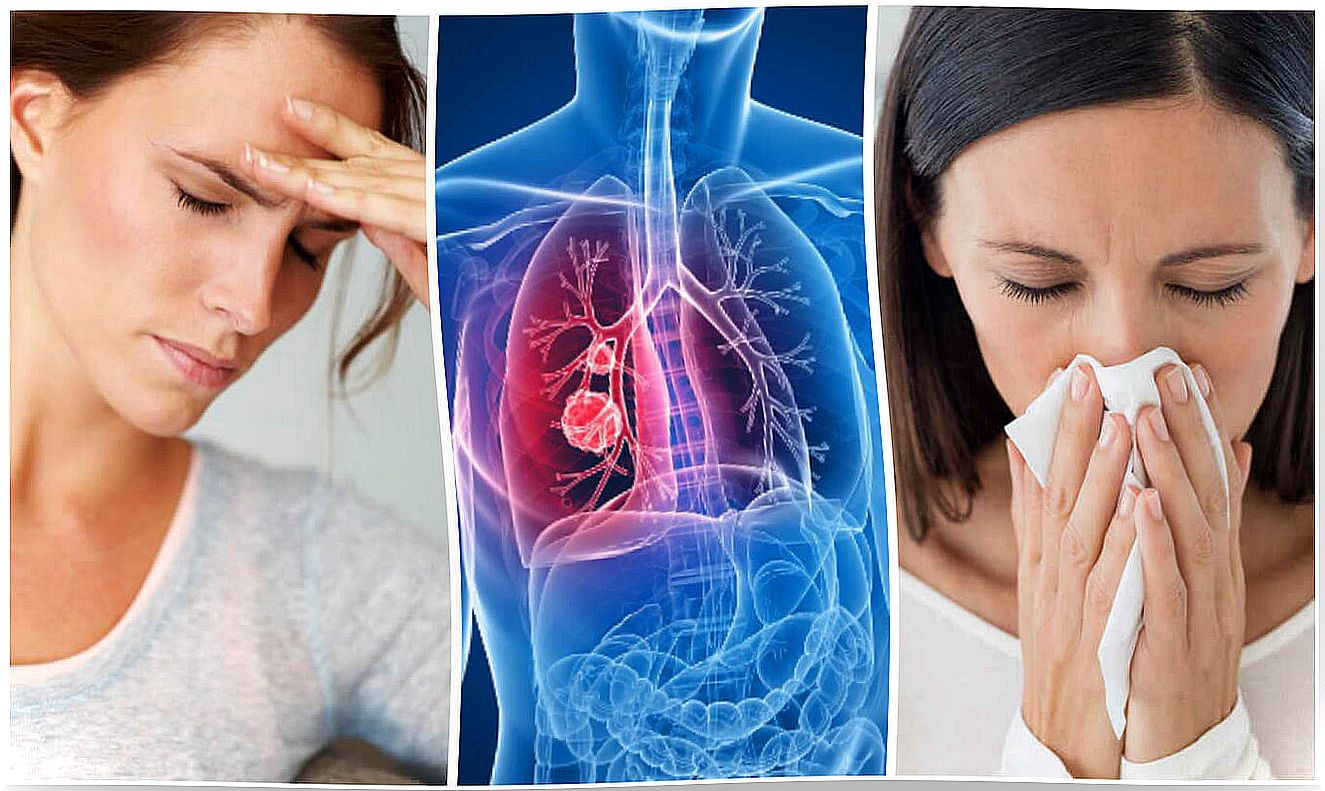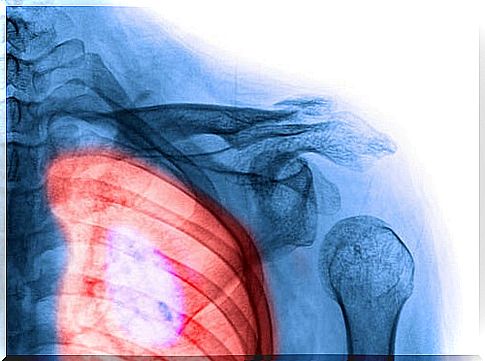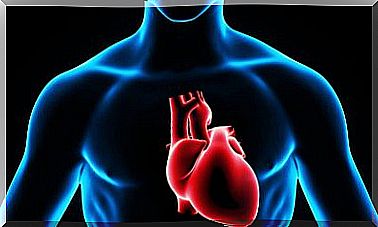8 Symptoms Of Lung Cancer That You Should Not Ignore
Sometimes it is not easy to detect what are the symptoms of lung cancer, so we invite you to discover some of them to be able to act at weather.

Recognizing the symptoms of lung cancer is essential to detect it early, since many diagnoses are made at too advanced stages and the chances of both improvement and treatments are reduced.
This is because its initial symptoms go unnoticed or are confused with other mild pathologies. Thus, it is essential to know how the disease manifests itself and to try to attend to its warning signs in time.
Next, we inform you of the 8 symptoms of lung cancer that you should not ignore.
Lung cancer

Lung cancer is one of the most aggressive forms of cancer disease, in both men and women. In fact, according to data from the Center for Disease Control and Prevention, it causes more deaths than breast, colon and prostate cancer.
Its main risk factor is continuous exposure to tobacco toxins, either from excessive smoking or secondhand smoke. In addition, it is more common in older adults and can originate in those who, for some reason, have contact with contaminated environments.
Lung cancer occurs when the cells that line the bronchial tubes are altered or deteriorated, either by free radicals in the environment, genetic factors or poor lifestyle habits.
Also, since it involves vital organs, its treatment is quite difficult and, unfortunately, about 85% of diagnosed patients lose their lives. Therefore, detecting the symptoms is key to act and consult the oncologist in time.
8 symptoms of lung cancer
1. Forced breathing
Breathing difficulties are not always a symptom of a serious illness, but they are quite common among those who are developing lung cancer.
Running out of breath when doing daily activities or feeling like you have to make more effort to breathe are signs that should be consulted with the doctor.
2. Whistling in the chest
Wheezing in the chest are common symptoms of respiratory conditions such as asthma and colds. However, when they occur suddenly and for no apparent reason, they can indicate that something unusual is happening in the airways.
3. Fatigue, one of the symptoms of lung cancer
The feeling of fatigue (both physical and mental) is common in cancer patients, especially when it is related to the respiratory system.
This is because the airways are narrowed by the formation of tumors or because the fluid remains trapped in the tissues of the chest and makes it difficult for the cells to get oxygen.
4. Persistent cough
According to an article published by the Caritas Medical Center hospital, coughing is an immune reaction to the attack of some viruses and bacteria that proliferate in the respiratory system. It usually goes away after a week or two, although some conditions can make it stay longer.
Likewise, the Spanish Association Against Cancer (AECC) points out that smokers tend to present it more frequently, since the toxins in tobacco are retained in the lungs.
However, when it occurs chronically and permanently, it is likely to have to do with the presence of cancer cells. Therefore, it is necessary to consult a doctor in the following situations:
- The cough is too recurrent and uncontrollable.
- Coughing causes bleeding.
- The cough contains too much phlegm.
- It is accompanied by hoarseness.
It may interest you: What do you know about a cough associated with a cold?
5. Chest pain, one of the symptoms of lung cancer
The first symptoms of lung cancer include a feeling of pain in the chest that usually increases with physical exertion, coughing or laughing.
Sometimes it spreads to the shoulders and lower back and usually comes on suddenly, for no apparent reason.
Also, when the pain is more severe and uncontrollable, the cancer cells are likely to have spread to nearby bones.

6. Pain in the hands and fingers
The sensation of pain in the hands and fingers are some of the first warning signs of this type of cancer and, in turn, one of the most ignored.
Some do not find a relationship between these ailments and abnormalities of the respiratory system, as they are areas that are far apart. However, the American Cancer Association notes that lung cancer can spread to other parts of the body, altering the nervous system.
Likewise, it sometimes appears as a warning sign of tumors in the respiratory ducts, since their presence hinders circulation and oxygenation. Therefore, the palms of the hands with thickened and whitish skin should be evaluated by the doctor.
7. Fever
According to an article published in the Anales del Sistema Sanitario de Navarra, fever in lung cancer patients usually occurs as a consequence of the weakening of the immune system.
In general, it is more recurrent after the diagnosis of the disease, since some medications stimulate it.
8. Phlegm with blood
Coughing up blood should never be ignored, even if it is just a few small reddish spots in the phlegm. Its presence may indicate cancer or other serious respiratory diseases.
Although these symptoms do not always indicate the presence of an oncological disease, it is essential to evaluate them as soon as possible to receive an accurate diagnosis. Also, do not forget that adopting healthy lifestyle habits and avoiding tobacco are simple ways to reduce your risk.









